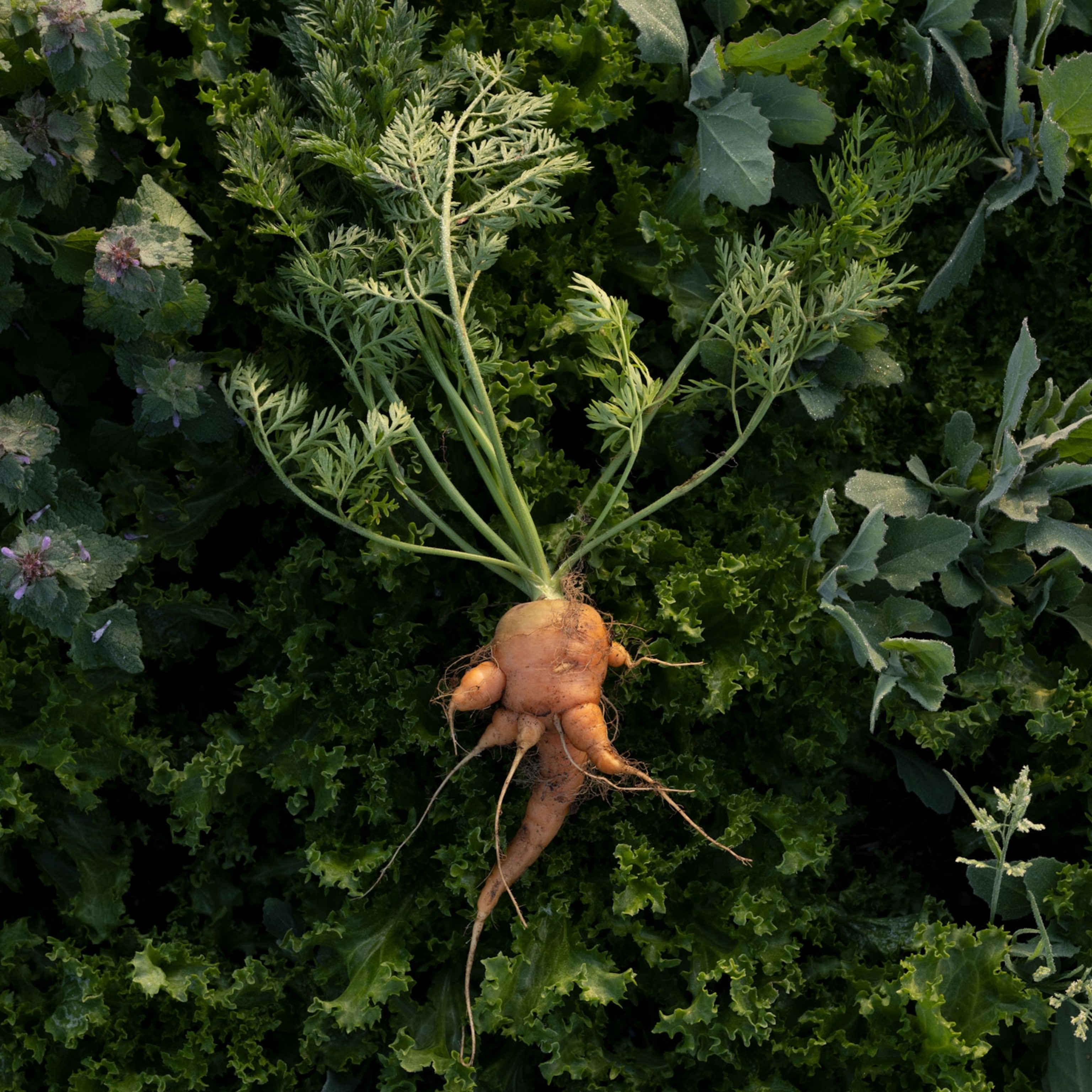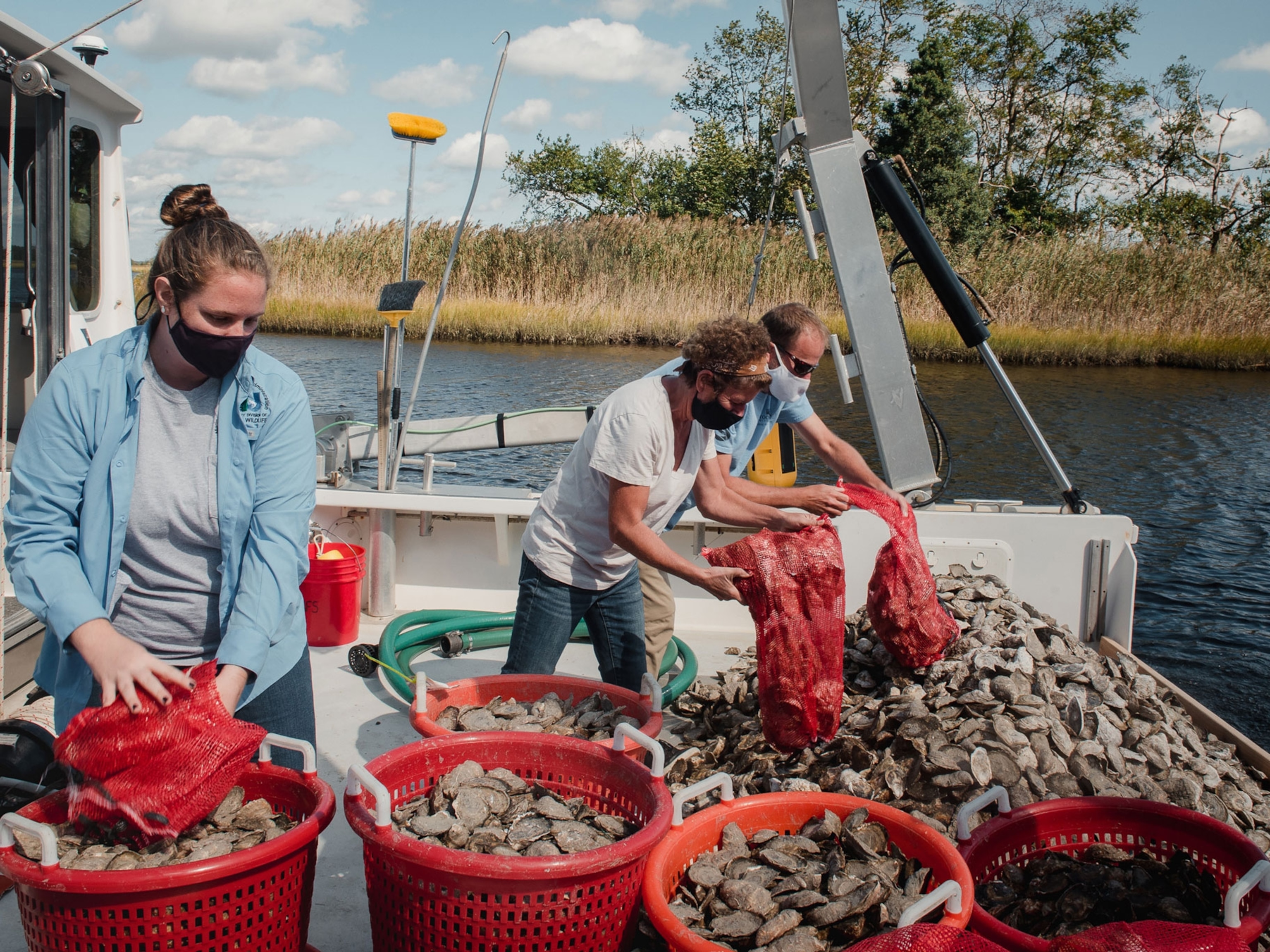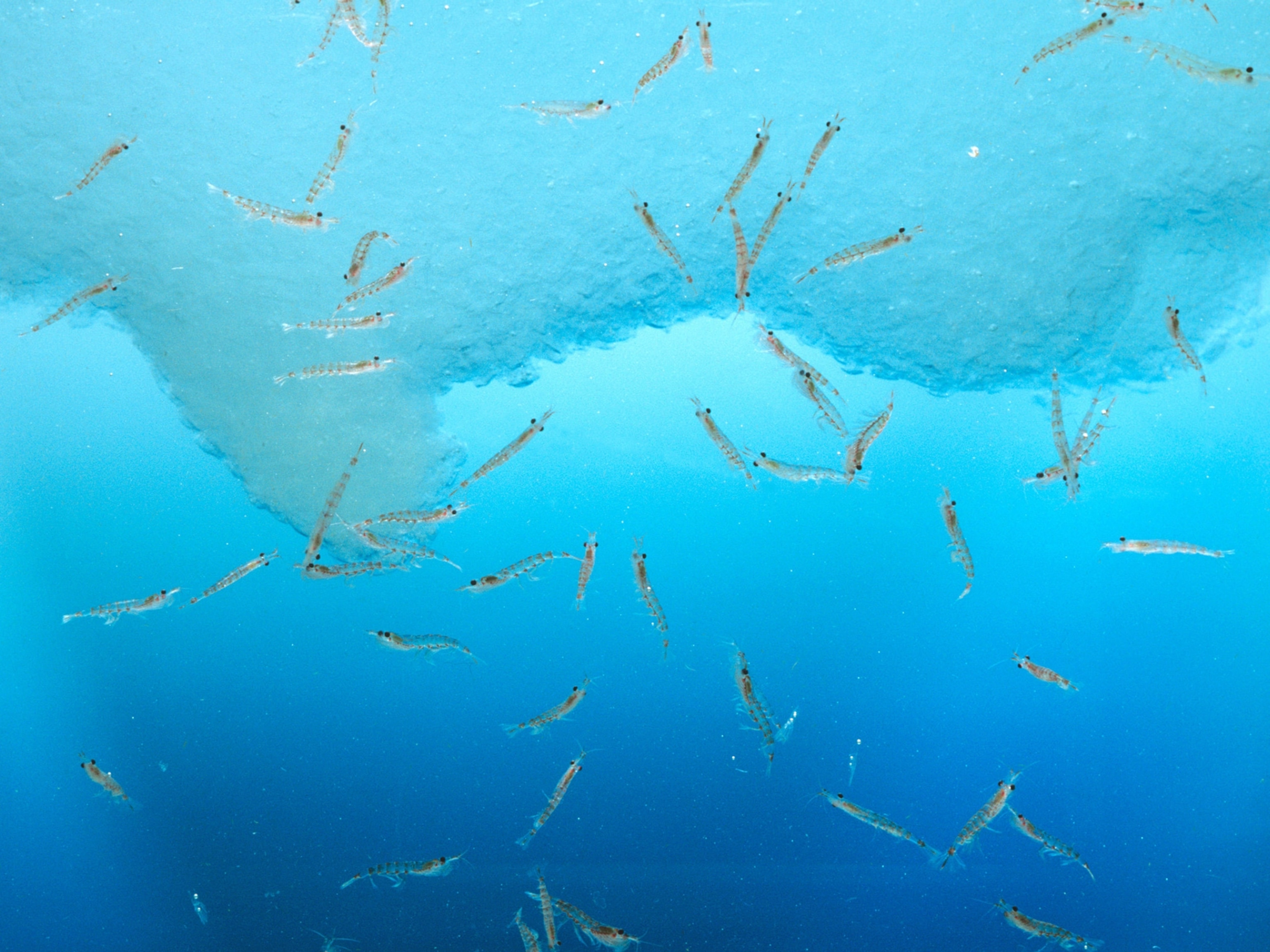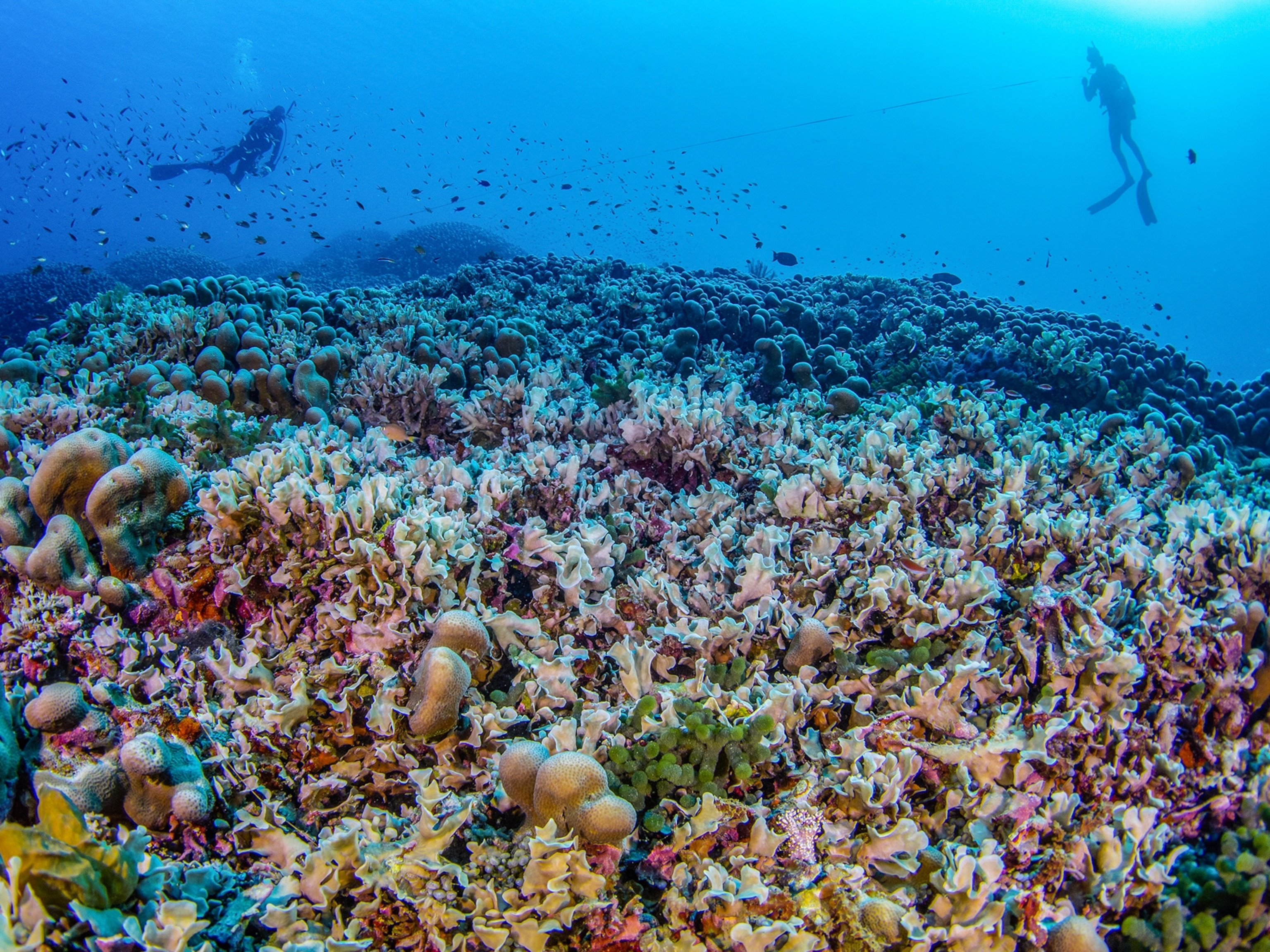
Scotch Whisky's Future May Rest on Restoration
The Glenmorangie Distillery is embarking on an ambitious plan to restore oysters to the Dornoch Firth.
When was the last time you gazed into a glass of fine Scotch whisky and thought about sustainability and biodiversity? In fact, environmental preservation has become a national imperative for this centuries-old industry. And one distillery in the Scottish Highlands is going a step further, reintroducing a long-missing link in the biological chain: oysters.
The Glenmorangie Distillery was established in 1843 on the banks of the Dornoch Firth, an estuary on the northeastern coast of Scotland, facing the North Sea. The waters have supported the Distillery for 173 years as it evolved into a thriving international Scotch whisky brand, thanks in part to its membership in the wine and spirits group of Paris-based LVMH Moët Hennessy Louis Vuitton S.A.
Today, the distillery sells roughly half a million cases of whisky annually, with about 100,000 of those sold in the United States. But Glenmorangie’s continued growth will depend on its ability to preserve the health of the Dornoch Firth—the estuary it overlooks that has been designated by Europe as both a Specially Protected Area and a Special Area of Conservation.
Divers who have explored the reefs of the Firth agree that the European flat oyster thrived in these waters for thousands of years, as it did all over Europe. But in the 19th century, overfishing and disease essentially crushed the species. This left the population without a valuable food source and the water without a powerful natural purifier.
In a research and action partnership unlike any other currently underway, Glenmorangie is collaborating with the Marine Conservation Society of the United Kingdom and Heriot-Watt University in Edinburgh to bring back the European flat. The Dornoch Environmental Enhancement Project, or DEEP, aims not only to preserve the current diversity of marine life in the area, but also reintroduce the once-teaming bivalve.
The virtual disappearance of the European flat oyster in Europe is the story of “death by a thousand cuts,” says Heriot-Watt Associate Professor William Sanderson.
“The most significant and deepest initial cut in any one area was probably … the industrialized extraction of wild oysters. In the late 1800's, particularly in the UK, we were building the infrastructure, by way of the steam train, to transport oysters and serve them to large urban markets. By the mid-to-late-19th century, most local oyster populations were gone,” he says.
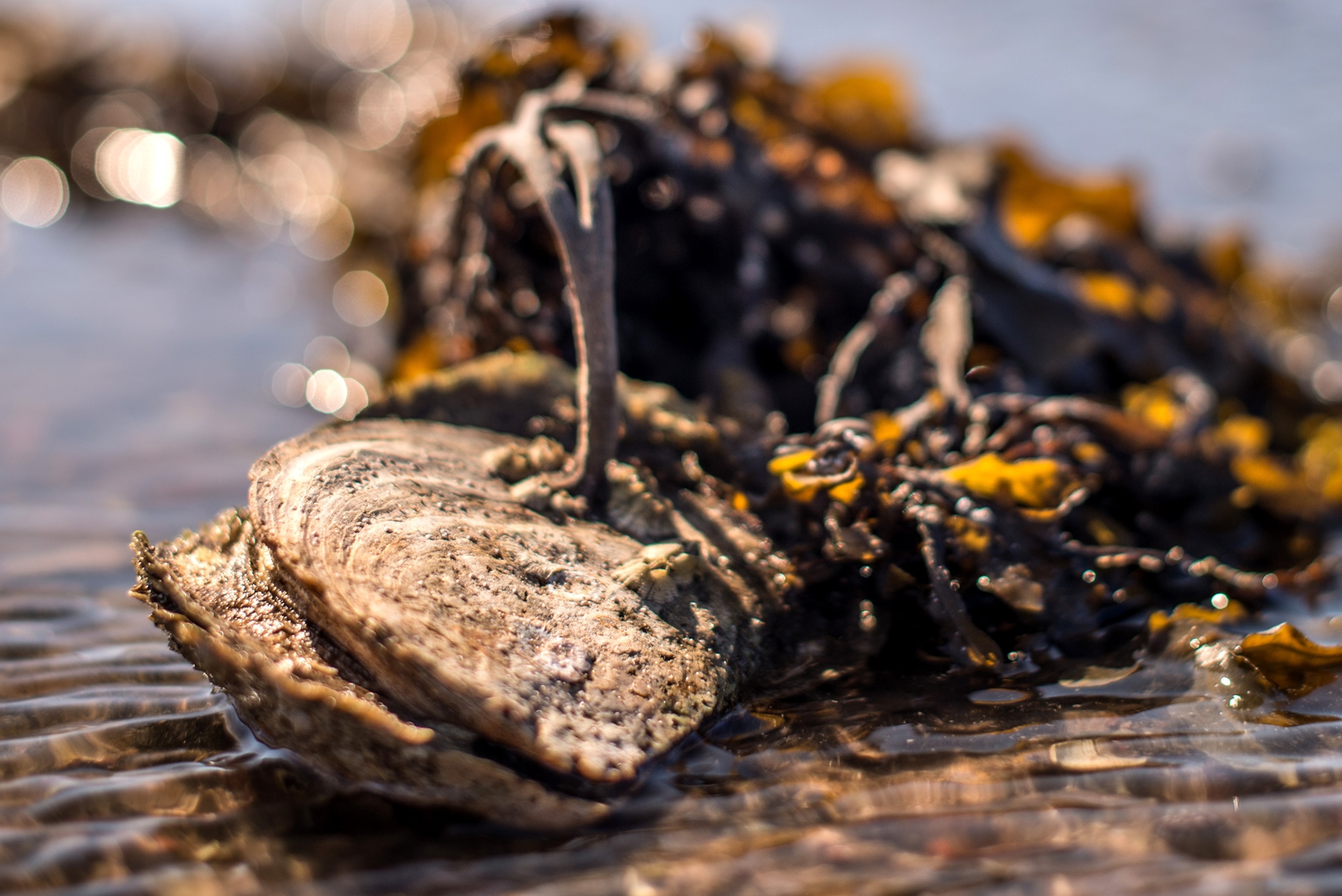
Sanderson leads the research for DEEP. Independent, widely published, authoritative on marine variety, and himself a diver, he’s explored the Dornoch Firth’s reefs and is securing licensing for the oyster restoration project. “This is uncharted territory since it has not been done before,” he says. “There is not a precedent for restoring something that was there in the past.”
Calum Duncan, head of Scottish conservation for the UK Marine Conservation Society, hopes this project will inspire similar efforts around the world. “We live in a world of shifting baselines,” says Duncan, “where our perception of richness, the state of biodiversity generally, diminishes from generation to generation, as we lose memories and records of previously richer ecological conditions.”
To a significant degree, DEEP is an effort to mitigate the impact of the distillery on the Dornoch Firth. The water of Glenmorangie’s own Tarlogie Springs is where its Scotch whisky process begins and, ultimately, what is not distilled and committed to casks is dumped into the Dornoch Firth at the end of production.
Glenmorangie is just months away from the launch of an anaerobic digestion plant, which it expects will remove as much as 95 percent of the chemical oxygen demand of the distillery’s organic waste. The methane gas produced by the process will be cycled back to the distillery as an energy source, reducing Glenmorangie’s carbon footprint.
Once launched, the Distillery will see an immediate energy saving of 15 percent, says Hamish Torrie, director of Corporate Social Responsibility for Glenmorangie. What remains of the processed materials, which once went out to sea, will now go to the barley farmers of the region to enrich their soil.
The process of restoring oysters is fragile, particularly with finicky European flats, and there are no guarantees that it will work. But scientists say there’s no dispute about the worthiness of the effort.
"Oysters bio-filter like crazy. Depending on the density of the population, they could really clean up the water,” says Richard Shaw, of the College of the Coast and Environment at Louisiana State University, who is not involved in the project. In addition, “the oysters will be the perfect sentinel to test the water quality,” he says.
In the United States, efforts to restore water quality and the oyster population are percolating everywhere (see From Oysters to Kelp, the Evolution of Aquaculture).
Atlanta-based data scientist Richard Anderson consults on natural resources management. Oysters, he says, are ecosystem champions. As filter-feeding bivalves, “they have the capacity to offset the effects of accelerated aquatic growth due to excessive human population-caused fertilizer runoff into water bodies, promote the growth of beneficial submerged aquatic vegetation, and make the water more aesthetically attractive.”
And there are few pairings as perfect as oysters and Scotch whisky. “The combination of the earthy, malty flavors of fine Scotch contrast brilliantly with the maritime, briny flavors of oysters,” says Torrie. “Pure terroir!” Both whisky and oysters involve a long-time commitment, he says. “Knowing that our actions now will help us to peacefully co-exist with nature for generations to come is something we are all immensely proud of.”
Today the Dornoch Firth is alive with a diversity of wildlife. “There are very few modern day pressures in the system,” says Sanderson, “and it is rightly famous for its wildlife, including seagrass, mussels, birds and seals.” What it’s missing in the humble yet powerful oyster.
"'O Oysters,' says the Carpenter in Lewis Carroll's poem, "The Walrus and the Carpenter." "'You’ve had a pleasant run! Shall we be trotting home again?' But answer came there none … because they’d eaten every one."
After deriving almost two centuries of prosperity and heritage from the water off its shore, Glenmorangie and the DEEP team aim to turn the oyster tale around.


